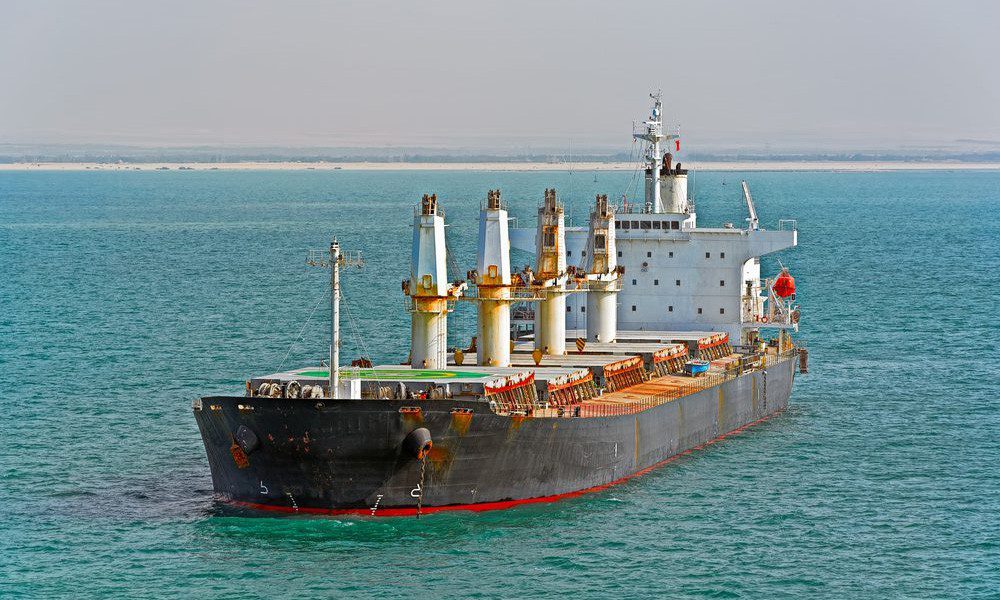The EU has said that the leaks in gas pipelines Nord Stream 1 and Nord Stream 2, first detected at the start of the week when sudden drops in pressure in the pipes were detected, were caused by sabotage. However, it stopped short of claiming that Russia was responsible.
Deliberate disruption of “active” pipelines would result in the “strongest possible response”, said European Commission head Ursula von der Leyen, without going into details.
Ukraine had already accused Russia of a “terrorist attack”.
Kremlin spokesman Dmitry Peskov said that accusations of sabotage were “predictable, stupid and absurd”. Peskov, said he was “extremely concerned” about the leaks, adding that the possibility of a deliberate attack could not be ruled out.
Neither pipeline was currently transporting gas, although were pressurized.
The president of the European Council, Charles Michel, echoed Ms von der Leyen’s message. “Nord Stream sabotage acts appears to be an attempt to further destabilize energy supply to [the] EU,” he said.
Danish energy minister, Dan Jorgensen, said the leaks were likely to last for at least a week, until the gas escaping from the pipes runs out. The investigation would begin after that.
The operator of Nord Stream 2 had warned of a loss of pressure in the pipeline on Monday afternoon. That led to Danish authorities saying ships should avoid the area near the island of Bornholm. On Tuesday the operator of Nord Stream 1 said the undersea lines had sustained “unprecedented” simultaneous damage in one day.
Nord Stream 1 pipeline – which consists of two parallel branches – has not transported any gas since August when Russia closed it down. Nord Stream 2 never came online, with its opening cancelled a few days before Russia invaded Ukraine in February.
Nord Stream 1 runs for 1,200km under the Baltic Sea from the Russian coast near St Petersburg to north-eastern Germany.
A short while after the drop in pressure in the lines was detected, seismologists reported underwater blasts. Shortly after this the leaks reached the surface. Denmark’s Defence Command has released footage of the leaks which shows bubbles with a diameter as much as1km on the surface of the Baltic Sea.
“There is no doubt that these were explosions,” said Bjorn Lund of Sweden’s National Seismology Centre.
Each line of the pipeline consists of about 100,000 24-tonne concrete-weight coated steel pipes laid on the seabed. The pipelines have a constant internal diameter of 1.153 meters. Sections lie at a depth of around 80-to-110 metres.
The two leaks detected on the Nord Stream 1 pipeline were both in an area northeast of the Danish island of Bornholm. Danish authorities asked ships to stay clear by a 5nm radius off Bornholm after the leak at Nord Stream 2.
The obvious question to ask, if this was deliberate sabotage, was who gained from this. One theory was that Russia might be demonstrating that it could destroy any underwater pipeline in the Baltic, not just ones emanating from Russia.
Norway and Denmark said that they would increase security and surveillance around their energy infrastructure sites after the Nord Stream 1 and 2 events.
The Petroleum Safety Authority urged vigilance on Monday after unidentified drones were seen flying near Norway’s offshore oil and gas platforms. “The PSA has received a number of /notifications from operator companies on the Norwegian Continental Shelf concerning the observation of unidentified /aircraft close to offshore facilities” the agency said.
Denmark’s defence minister said Morten Bodskov played the situation down. “Russia has a significant military presence in the Baltic Sea region and we expect them to continue their sabre-rattling,” he said.
The government of Finland said that it would be discussing “foreign and security policy issues” on Wednesday evening.






